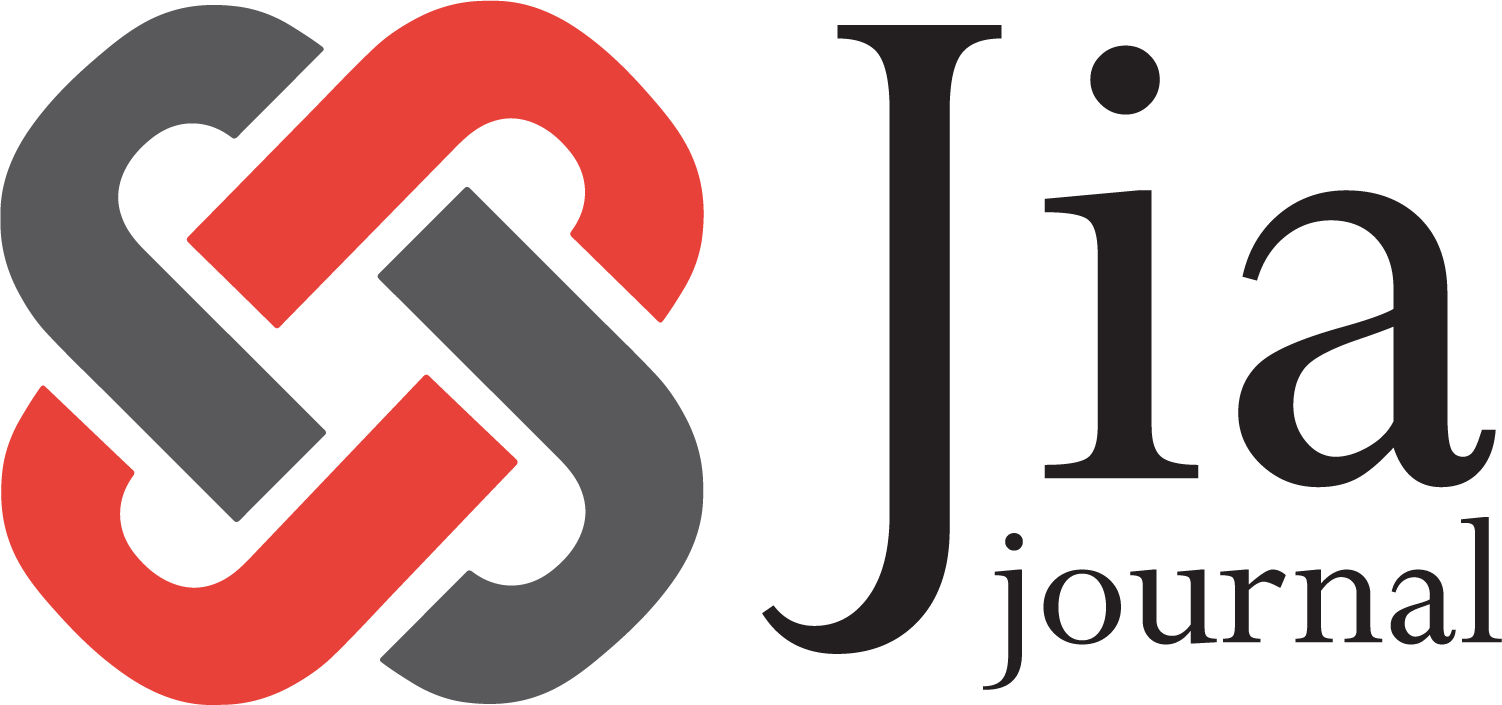Seramik sanatı iç mekan dekor ögelerinden dış mekan yüzey kaplama olanaklarına kadar sınırsız uygulamalar sağlamaktadır. Araştırmanın uygulamasını Selçuklu dönemi mimari yapılarında yer alan desenler oluşturmaktadır. Selçuklu mimari yapılarının ve döneme ait seramik atölye kalıntılarının bulunduğu Sivas ilinde proje ile desteklenen bu çalışmada hedef, kentin sınırlarında devamlılığı olmayan seramik sanatına bir örnek sunmaktır. Bu nedenle Selçuklu kültüründe yer alan taş bezeme ve çini süsleme örnekleri, seramik rölyeflerle uygulanmıştır. Araştırma ve uygulama süreçlerinin detaylandırılmış olan teknik yapısı görsellerle anlatılmaktadır. Selçuklu sanatının günümüze kadar ulaşan görsel kültür birikiminin aktarılması amaçlanan bu araştırmada; Selçuklu mimari yapılarında yer alan “Selçuklu Yıldızı” ve “Kubad Abad Sarayı” çini desenleri uygulanmıştır. Teknik gerçekleştirilirken seçilen desenlerin özüne sadık kalınmıştır. Çalışmada silikon kalıp alma yönteminden uygulamanın hata oranını azaltması amacıyla yararlanılmıştır. Modelleme, kalıp alma ve döküm aşamaları uygulamanın süreçlerini oluşturmaktadır. Teknik açıdan deneyim gerektiren kalıp yapımı ve ardından gerçekleştirilen döküm, el işçiliğini azaltan yönüyle araştırmanın önemidir. Çini desenlerinden tasarlanan diğer uygulamada ise mühür yöntemi ile seramik pano meydana getirilmiştir.
It provides unlimited applications from interior decoration elements of ceramic art to outdoor surface coating possibilities. The motivation of the research is the patterns in the architectural structures of the Seljuk period. The aim of this study, supported by the project in Sivas, where Seljuk structures and ceramic making workshop remains are located, is to present an example of ceramic art that has no continuity within the city. For this reason, examples of stone decoration and tile decoration in the Seljuk culture were applied with ceramic reliefs. The detailed technical structure of the research and application processes is explained with visuals. In this research, which aims to convey the visual culture accumulation of Seljuk art that has reached the present day; The tile patterns of “Seljuk Star” and “Kubad Abad Palace” in Seljuk architectural structures were applied. While performing the technique, the essence of the selected patterns was adhered to. In the study, the silicone molding method was used to reduce the error rate of the application. Modeling, mold making, and casting phases constitute the processes of the application. Mold making, which requires technical experience, and then casting, is the importance of research in terms of reducing handwork. In another application designed from tile patterns, a ceramic panel was created with the seal method.

By subscribing to E-Newsletter, you can get the latest news to your e-mail.